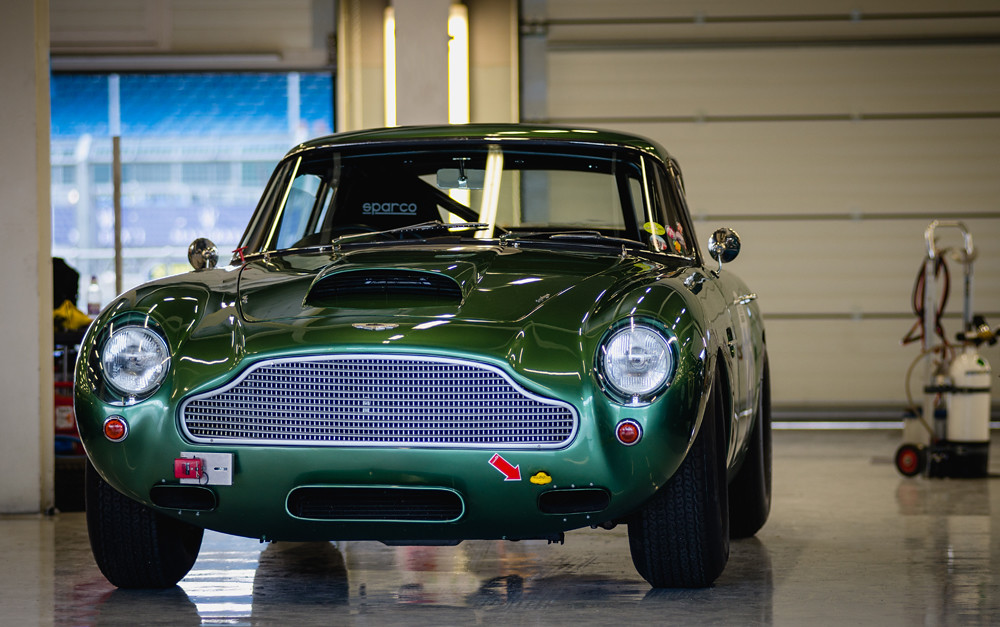Aston Martin is synonymous with performance, style, and luxury. As environmental and technological challenges drive rapid changes in the auto industry, Aston Martin executive Lawrence Walk shared with the Monetary Times a vision that blends the best of the past and present during this transition. While the company plans to electrify its entire fleet by 2026, it doesn’t mean the end of gas-powered engines (ICEs) for the iconic brand. Aston Martin aims to maintain the thrill of driving, ensuring the sound and feel of a sports car remain part of the experience well beyond the 2030s.
The Seismic Shift Towards Zap
The auto industry is undergoing a seismic shift towards electric vehicles (EVs), driven by growing environmental awareness and advancements in battery technology. Luxury car manufacturers, in particular, are under pressure to align their prestigious brands with sustainable practices. Bentley, for instance, has committed to offering only EVs by 2030. However, Aston Martin’s approach to this transition is unique. Walk emphasizes moving at the ‘pace’ of their customers, highlighting a gradual shift towards electrification. The company will introduce plug-in hybrids by 2024, followed by its first electric vehicle around mid-decade, marking the beginning of a new era for the brand.
Embracing Electric Help by 2026
Starting in 2026, Aston Martin will integrate electric assistance with all vehicles that have an internal combustion engine, reflecting a balanced approach to embracing the future while preserving the brand’s heritage. This hybrid model of electrification may leverage technology from AMG, Aston Martin’s closest technical partner, further enhancing the performance and efficiency of its vehicles.
Taking special care of Customers Inclinations
Walk’s insights reveal a deep understanding of Aston Martin’s customers, acknowledging that many are not ready to fully transition to electric vehicles. The allure of the internal combustion engine—its distinctive sound and smell—remains a powerful draw for sports car enthusiasts. Aston Martin’s strategy to retain ICE in their lineup, but with electric enhancements, caters to this sentiment, promising the continuation of a sensory experience that has defined sports cars for generations.
Instances of Half and half Innovation: DBX Straight Six and Valkyrie
The DBX Straight Six and the Valkyrie hypercar are great representations of Aston Martin’s introduction to mixture innovation. The previous, a China-elite model, consolidates a 3.0-liter twin-super straight-six motor with a 48V gentle mixture framework, while the last option weds a normally suctioned 6.5-liter Cosworth V12 with electric engines to convey stunning execution figures. These models exhibit Aston Martin’s obligation to mixing development with custom, making way for a future where charge and inside ignition coincide amicably.

Exploring Difficulties and Open doors
The journey towards full electrification is paved with challenges and opportunities. As regulations tighten and consumer preferences evolve, Aston Martin’s strategy to offer both hybrid and electric powertrains positions the brand to navigate the transition with agility. The phased introduction of electrified models allows Aston Martin to adapt to changing market dynamics while staying true to the elements that have cemented its status as a purveyor of automotive excellence. The next few years will be crucial for Aston Martin as it balances the expectations of its discerning customers with sustainability goals. The brand’s commitment to preserving the essence of sports car driving—through the integration of electric technology without abandoning the internal combustion engine—embodies a forward-thinking approach to the future of luxury automotive.
The Ensemble of Force: Joining ICE and Electric
As we dive into the fate of auto greatness, the concordance between gas powered motors (ICE) and electric vehicles (EVs) frames an ensemble of force, development, and custom. Lawrence Walk’s vision for Aston Martin is a demonstration of a brand that regards the quintessence of sports vehicle legacy while embracing the extraordinary capability of electric innovation. Aston Martin’s guide to zap, sprinkled with the essential consideration of ICE vehicles post-2030, is a strong position in an industry moving quickly towards an all-electric future. This choice not just takes special care of the tangible longings of vehicle devotees yet additionally positions Aston Martin as a reference point of adjusted development in extravagance auto.
The Charm of the Gas powered Motor
The charm of the ICE, portrayed by the instinctive sound and particular smell, is indispensable for some aficionados. This is a feeling reverberated by Walk, who grasps the firmly established enthusiasm that drives the Aston Martin customer base. The brand’s obligation to keeping up with ICE vehicles in their setup, yet with critical electric improvement, is a sign of approval for this energy. The presentation of module crossovers by 2024 and the send off of the primary electric vehicle around the mid-decade mark Aston Martin’s introduction to jolt. However, the proceeded with presence of ICE vehicles guarantees that the brand stays comprehensive of all client inclinations.

Utilizing Innovation from AMG
Aston Martin’s partnership with AMG is crucial in this hybrid strategy. Leveraging technology from AMG could potentially elevate the performance and efficiency of Aston Martin’s vehicles, blending the best of both worlds. This collaboration underscores the importance of technical partnerships in achieving a seamless transition to electrified models, all while preserving the brand’s sporting DNA. The DBX Straight Six and the Valkyrie hypercar are prime examples of how hybrid technology can coexist with traditional ICE, showcasing Aston Martin’s ability to innovate within the constraints of environmental regulations and shifting market dynamics.
Aston Martin’s approach to the future of luxury cars is both innovative and respectful of tradition. The brand’s strategy of combining internal combustion engine technology with electric innovation reflects a profound understanding of the evolving automotive landscape and the desires of its customers. Aston Martin’s dedication to preserving the ‘symphony of power’ that comes from internal combustion engines, alongside its bold initiatives, embodies the brand’s commitment to innovation, quality, and luxury as it transitions to an all-electric future. The road ahead is exciting and challenging, but Aston Martin is ready to tackle this transition with grace and strength, ensuring that the pinnacle of sports car driving thrives in an electrified world.
Related posts:
Aston Martin to sell only electrified vehicles from 2026





